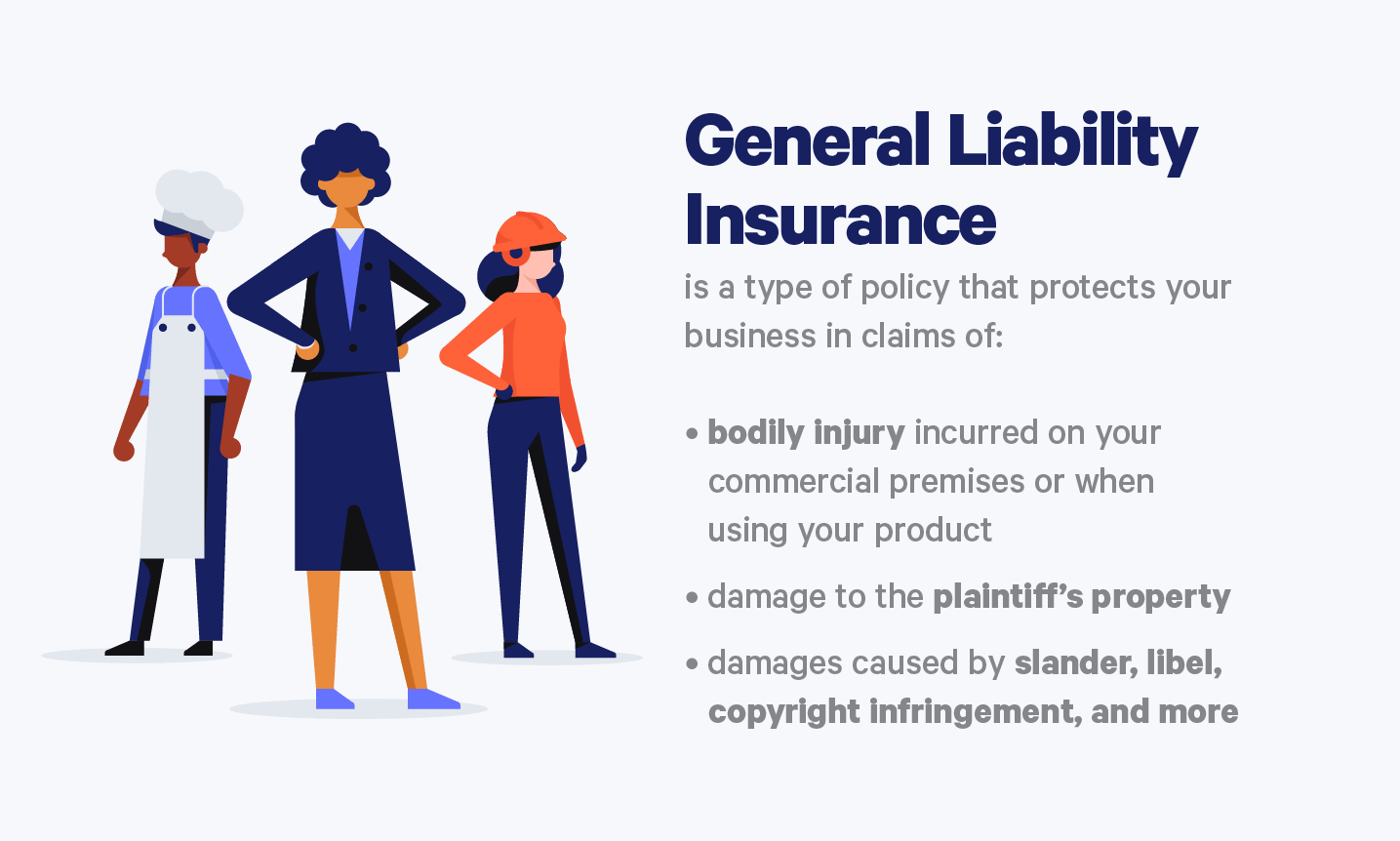What is the main business model of an insurance company?
Insurance institutions formulate action plans based on expectations and strengthen risk management. The basic protection model means pooling risks from individual payers and rearranging them in a larger portfolio. Most insurance institutions generate revenue in two ways: charging fees in exchange for protection, and then, at that time, reinvesting those fees in other interest-generating resources. Insurance agencies try to successfully advertise and limit authority fees like every individual business.
Pricing and taking risks
The income model is different from medical insurance institutions, property insurance institutions, and currency underwriters. Nonetheless, the main task of any safety net provider is to assess the danger and charge additional fees for accepting it.
Suppose an insurance company offers a strategy with contingent expenses of 100,000 USD. It needs to assess how likely it is that upcoming buyers will trigger or have installments, and expand the risk based on the length of the method.
Without good guarantees, insurance companies will overcharge a small number of customers for accepting the danger, while others will charge too low. Assuming that an organization spends its dangers in a feasible way, it should get more revenue from expenditures rather than expenditures on contingent expenditures.
Someone might say that the authenticity of the guarantor is a protection claim. When a customer records a case, the organization should deal with it, really check its accuracy, and submit it in installments. This constantly changing system is very important for screening false cases and limiting the risk of misfortune to the organization.
Interest income and income
Assume that the insurance company’s arrangement cost is US$1 million. It can use real money to grab cash or deposit it in an investment account, but this is not very effective: at least, these reserve funds will face expansion risks. The organization can track protected temporary resources to contribute its assets, thereby generating additional interest income while its potential expenditures are tight. Such common instruments include Treasury bonds, high-grade corporate securities, and premium currency reciprocity.

Reinsurance
Some organizations participate in reinsurance to reduce the risks involved. Reinsurance is a protection tool purchased by insurance institutions to prevent the greatest misfortune due to a high degree of openness.
For example, an insurance company may show that a typhoon is unlikely to cause a certain geographic area based on a model, which constitutes excessive tropical storm protection. If a natural disaster occurs in this area, it may bring great misfortune to insurance companies. If there is no reinsurance to eliminate part of the danger, the insurance agency may leave the business at any time when a catastrophic event occurs.
The controller orders the policy issued by the insurance agency to have an upper limit of 10% of its value, unless it is reinsured. Subsequently, reinsurance allows insurance institutions to get a stronger share of the pie because they can divert danger. Furthermore, reinsurance quells the normal swings of insurance agencies, and there are often huge deviations in pros and cons.
For some insurance institutions, it is similar to an exchange. They charge higher insurance rates to individual buyers, and then they get cheaper rates to reinsure these arrangements on a large scale.

Assess the insurance company
By simplifying business volatility, reinsurance makes the entire protected area more suitable for financial supporters.
As with other non-monetary assistance, the assessment of protected area organizations depends on their productivity, anticipated development, expenditures, and hazards. Since insurance institutions are not interested in fixed resources, there is almost no record of deterioration and capital consumption. Investigators do not use measurement standards including companies and venture capital; all factors are considered, and they are centered on value measurement, such as cost-to-income ratio (P/E) and book cost (P/B) ratio. Investigators conduct a proportional review by calculating a clear protection ratio to evaluate the organization.
Generally speaking, insurance institutions that are expected to develop high, with high dividend payouts, and okay, will have a higher price-earnings ratio. In addition, P/B is higher for insurance institutions with high expected profit development, good performance, high expenditures and high value yield. Keep everything in line, the value return rate has the greatest impact on the price-to-book ratio.
When comparing the P/E and P/B ratios of the entire protected area, the examiner needs to manage additional entanglement factors. The insurance agency makes arrangements for assessing the costs of its future cases. Assuming that the guarantor’s assessment of such arrangements is too moderate or too strong, the price-to-earnings ratio and price-to-book ratio may be too high or too low.
The degree of expansion also hinders the equivalence of the entire protected area. It is normal for a safety net provider to cooperate with at least one special protection organization, such as life, property, and frustration protection. At the commission level, insurance institutions face various risks and rewards, making their price-to-earnings ratios and price-to-book ratios vary in different regions.







